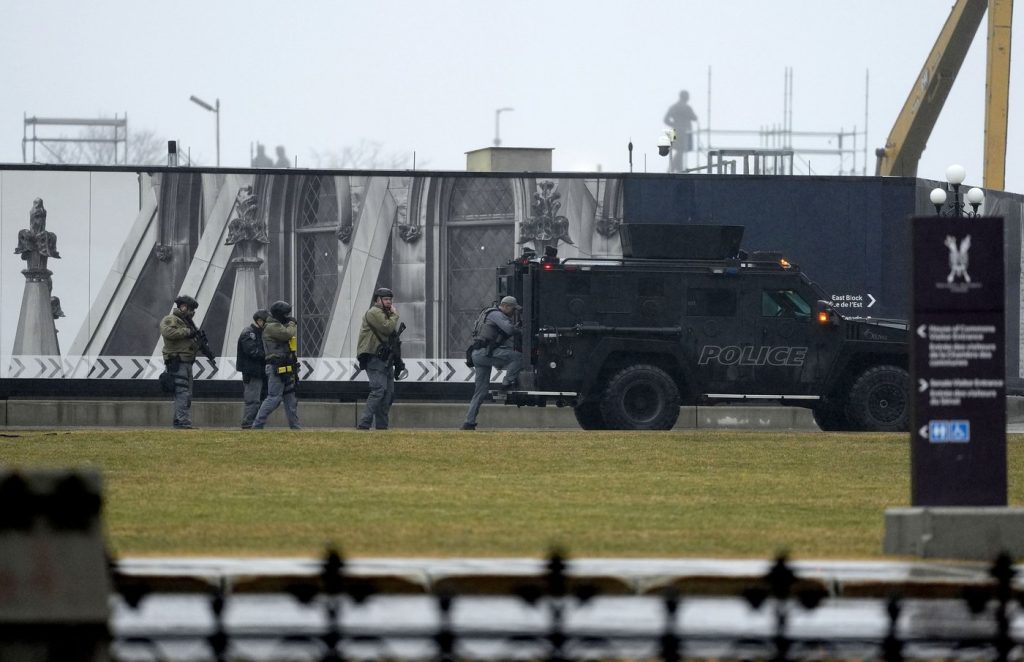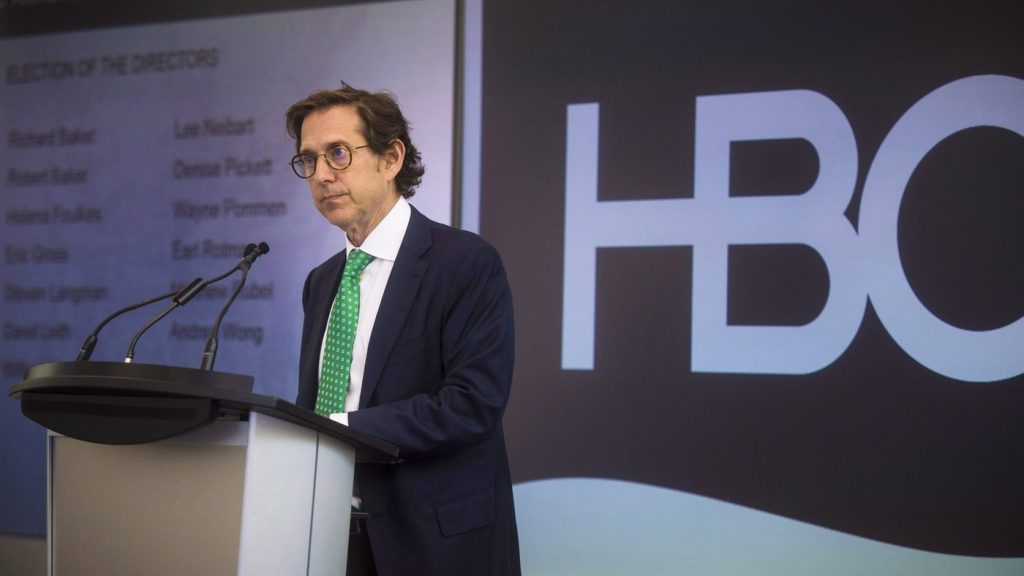Crosswalk deaths avoidable by prioritizing infrastructure reform: road safety expert
Posted Jan 26, 2022 03:09:00 PM.
It only takes a second.
Crosswalks are supposed to be a designated safe zone for pedestrians, but as one expert on road infrastructure says, they’re quite the opposite.
Martyn Williams is a business owner and road safety advocate who has spent years pursuing systemic changes he believes would make roads safer for pedestrians and drivers alike.
Over the years, Williams has lobbied leaders at federal, provincial, and municipal levels to look at the deadly issue of intersections. He says most crosswalk deaths take place when a driver is turning left at a set of lights.
Williams crunched the numbers, noting 65 per cent of incidents at intersections since 2018 are related to pedestrian injuries, compared to just over 50 per cent of drivers who are injured. Between 2012 and 2017, he says signalized intersections amounted to 40 per cent of all pedestrian incidents.
“Actually, they’re very obviously the most dangerous places to cross,” Williams said of marked crosswalks. “Signalized intersections have no pedestrian safety infrastructure whatsoever.”
While many residential neighbourhoods recently saw speed limits reduced from 50 km/h to 40 km/h, Williams says that won’t do anything to help drive down pedestrian deaths because accidents are happening in bigger intersections.
“I find that a lot of the behavior I see here is not necessarily aggression, [but] genuine mistakes,” Williams explained,
While killing a pedestrian in the U.K. would result in a criminal penalty, the harshest punishments drivers can expect is a $700 ticket for failing to yield to a pedestrian.
Williams believes changes to traffic light signals is crucial to eliminating pedestrian and driver conflicts.
“You have to remember that the car is being driven by a person,” he says. “A person is a decision-maker. They can choose to slow down at crosswalks, they can choose to take more care in an urban area where they know there’s a lot of vulnerable road users around.”
Unfortunately, Williams believes drivers are too entrenched in the idea that pedestrians are obstacles in their way that should know better than to step out in front of their vehicle.
In his self-described “voluntary advocacy,” Williams has spoken to many incident victims and their loved ones. He says it’s something that never gets easier.
“When you understand the impact of these incidents on lives—on the family, children sometimes—it’s actually quite a strong motivator to help you understand why avoidable incidents are so important to focus on,” Williams said. He added that there’s an argument to be made that pedestrian safety should be prioritized over “the immunity of residential roads” and “adding an extra lane” for traffic congestion.








